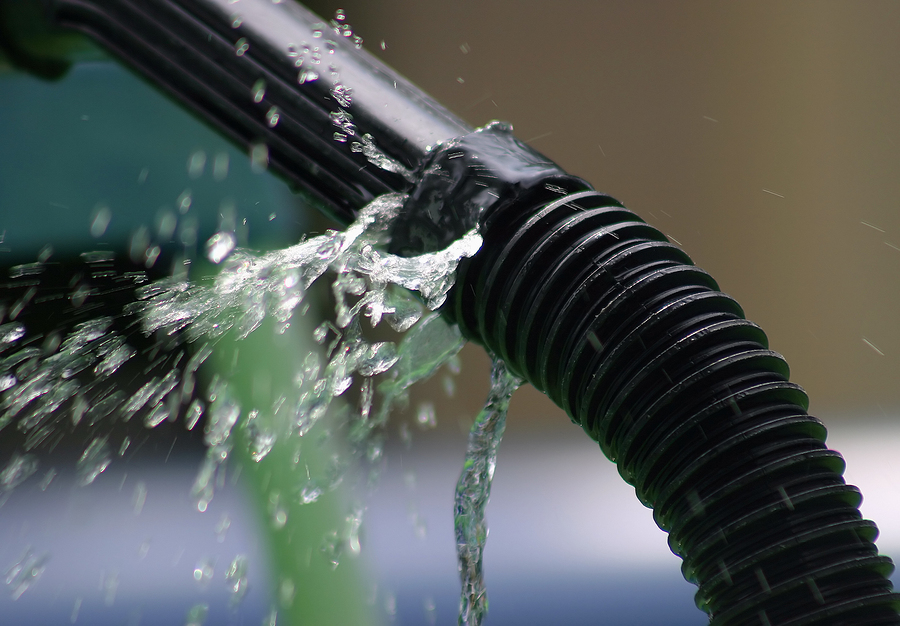A lot of households tend to overlook their pipe leakage troubles because they undervalue their impacts. They just call for water leakage repair services when it’s far too late, normally when the damages are already impossible to fix. The truth is that the water damages leaking pipes trigger might come in various forms depending upon where it is stemming from.
If it’s underground or in the cellar near your residence’s footing, it could saturate and deteriorate the soil. If it’s within your wall surfaces, it may harm the interior make-up of the wall, and the dampness might draw in bacteria and parasites as well as mould and mildew.
Leaking Pipes and Your Structure’s Architectural Cohesion
The greatest hazard of water seepage to architectural soundness is when moisture has gotten to the structure’s steel framework, which is part of the framework’s base. Architectural steel should last several lifetimes, but when it’s not properly protected, the steel will corrode. And when it does, it expands.
The steel rust will push into the room around it, causing slabs of concrete to split worsening the concerns (as more wetness can get it). When left unrectified, the rust can cause various kinds of structural damages such as fractures on both interior and exterior wall surfaces, damaged arch bars of doors, breaking masonry and displacement of door/window structures.
Sources of pipe leaks
Identifying what causes pipes to leak is the initial step you need to take if you intend to stop the water damage from spreading. That said, the search for the origin doesn’t come easy, yet there are some usual sources that you might wish to remember of.
Changes in Soil Density
The dirt where your home is built on was originally slightly loose. It was compacted to boost its density and make it secure for creating such a substantial structure. It’s feasible that certain areas were not appropriately compacted or the place of your home is prone to underground motions. If so, your residence’s foundation may shift overtime, triggering modifications in the pipelines.
Continuous or Increasing Water Stress
Although water often tends to take the form of its container, it can also exert adequate pressure to break everything in its path when positioned under high pressure. As an example, rapid flow or sudden adjustment in the path of circulation can induce the pipelines to burst. If not, the wear and tear it leaves is severe enough to dramatically decrease the pipes’ functional life by many years.
Fast Alteration in Temperature
Cold and hot water goes through your home at any given time. The pipes covering in between the heat source and your faucet, bathtub, or shower are regularly experiencing contraction and growth when cold and hot water rapidly travels through them. Because of this, sections of the pipes that receive the highest damages may split and trigger a leak.
Blockage
Pressure grows along a clogged area of a pipe. If water pressure increases quickly, it could induce some connections to crack, or even worse– the pipe to burst. It is very important to keep your whole pipes system clog-free to maintain a tolerable stress level along the pipes.

